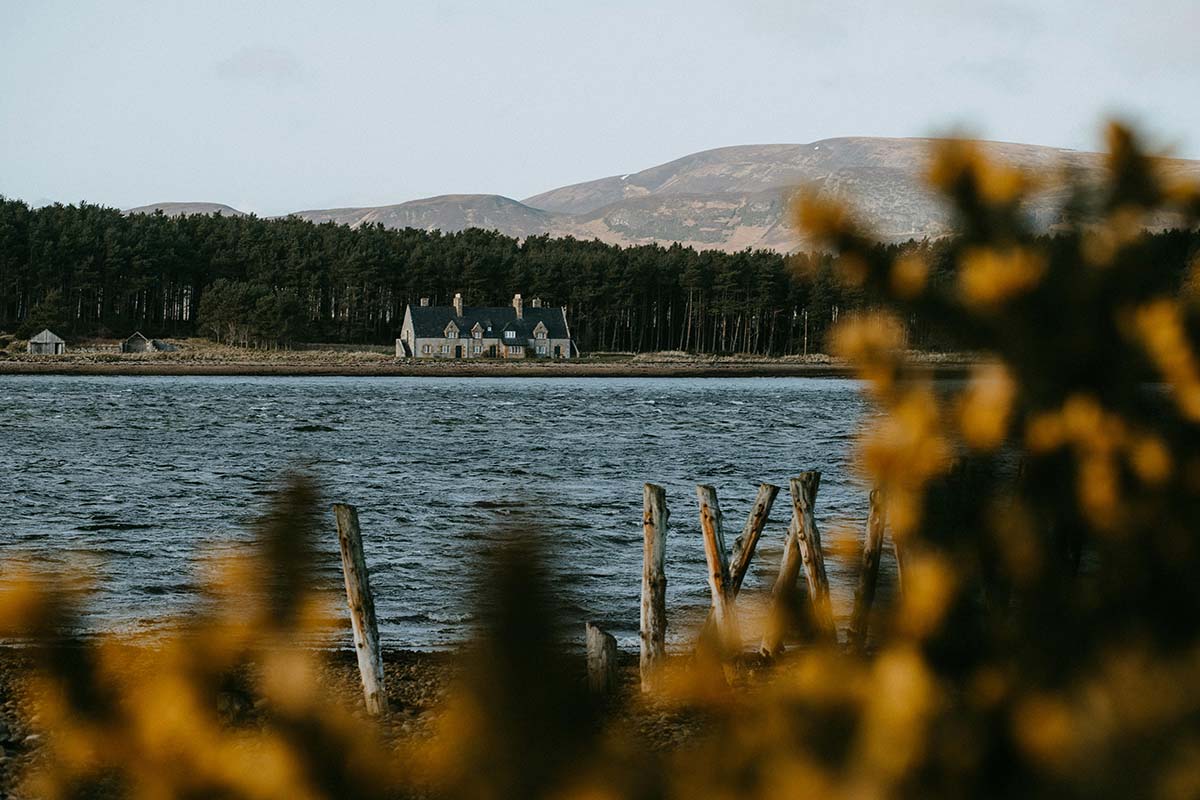The sea can be a tonic for the soul, so it makes sense that many people consider a permanent move to the coast. But there are a few things you should take into account before you make the jump…
If Nancy Meyers-style ‘coastal grandmother’ interiors make your heart sing and you feel a natural pull towards the ocean, you might be considering moving to the coast in Scotland.
You wouldn’t be alone; in recent years, more people have moved out of Scottish cities than into them, and property sales in the countryside and along the coastline are booming.
The allure of a coastal or waterside property is obvious; the pace feels slower and sleepier, with life feeling like it all just flows a little easier.
View this post on Instagram
But living by the sea doesn’t mean there’s nothing going on.
Areas such as the East Neuk in Fife may be quaint, but the towns and villages are bursting with talented artists and crafters who use the sea as their inspiration, and lots of locally-produced seafood, vegetables and food and drink at your disposal.
Yes, a move to the coast could very well be a good decision.
But here are some things you should keep in mind before the big move…
1. Waterside living requires extra maintenance

When living next to water, especially by the Scottish seas, you’ll have to take measures to ensure your property is protected against environmental issues like salt water erosion.
It’s estimated that £1.2 billion of Scotland’s buildings, transport infrastructure, cultural and natural heritage is at risk of coastal erosion by 2050, according to research by the Scottish Government.
While coastal erosion is an ongoing problem, there are initiatives being put in place to protect coastal properties.
The University of Glasgow has developed new maps to serve as a coastal change adaptation planning tool for government, agencies and local authorities, and the government is encouraging local councils to implement their own adaption plans, along with providing £12m of funding.
As well as eroding the land surrounding coastal properties, salt water itself can be extra corrosive against wooden doors, windows, gates and fences, so you should be aware that you’ll have to invest time and money in making sure they’re not going to rot, with regularly painting required and money spent on speciality paint.
If you’re worried about the condition of your prospective new home, you should bring along a surveyor who can look at areas in detail and give you an expert opinion.
Flooding can also become a major issue when living by the sea, as seen earlier this year in coastal areas such as Invergowrie and Dundee where some residents had to be rescued from their homes. With the ongoing climate crisis, floods are expected to worsen.
According to the Scottish Fire and Rescue Service’s data from 2022-2023, there have been 3,139 reported flood incidents — up from 1,617 in the year previous.
If you do choose to live in an area that is prone to flooding, the Met Office recommends taking a series of measures, including preparing a flood kit and investing in sandbags and flood barriers.
2. Expect to pay higher premiums
Due to the environmental issues we’ve mentioned, the cost of your home insurance could cost significantly more due to the rise in claims across the board with extreme weather events.
Matthew Harwood, a home insurance expert at the comparison website Confused.com, told the Guardian: “As weather conditions continue to be more extreme in the UK, it’s likely more people will be making claims for damage to their property or possessions.
“Because of this, prices could increase as insurers have to adjust their pricing to account for the increase in claims. And this is not just because of the frequency of claims, but the cost of claims too.”
“Everything is becoming more expensive, so repairs and replacements are likely to cost insurers more to cover.”
3. Be prepared for adverse weather
You may have gotten the gist by now, but stormier weather can be expected by the coast.
Choppy waves, howling wind and rain coming at you sideways is part of daily life. But as Billy Connolly famously said, “There’s no such thing as bad weather; only bad clothing!”.
4. Accessibility could be tricky
Wheelchair access, space for parking whether on-street or private, as well as access to shops, railway stations and amenities is all worth bearing in mind.
Villages and towns by the sea are quiet for good reason — because they’re away from the hustle and bustle.
This might mean you’ll have to swap your thrice a week supermarket shop for a once-a-week organic farmer’s market run and nipping to the newsagent for a bread and milk top-up.
It’s a lifestyle change.
5. Prepare to get involved in the community
View this post on Instagram
When considering buying a waterside or coastal property in Scotland, the surrounding community and lifestyle aspects play a crucial role, even if you are looking to escape urban life for some peace and quiet.
Engaging with the local community is paramount; attending events, visiting the local cafes, bars and restaurants, and socialising with current residents can provide insights into the community dynamics and whether it aligns with your lifestyle, or lifestyle to-be.
The cultural and social scene in nearby towns or cities should also be considered, including art galleries, theatres, and restaurants.
As well as this, it’s essential to research the quality of local schools if you have or plan to have children, as this can significantly impact the long-term desirability and value of your property.







